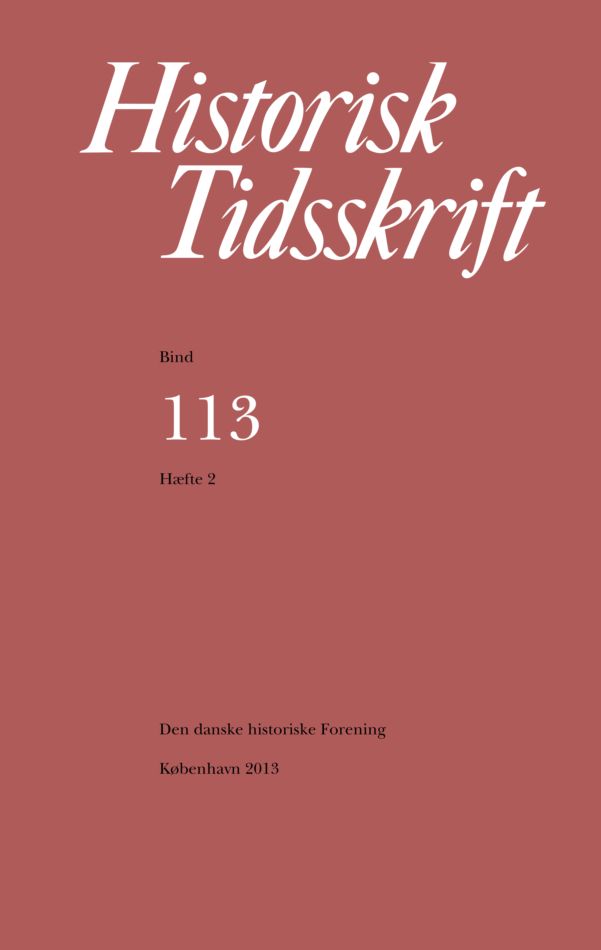Den danske kirke og modstandskampen 1940-45. De teologiske hovedstrømningers betydning
Resumé
Resistance Movement and Christian Church in Denmark, 1940-45 The Importance of Theological Main Currents for the Attitudes of Vicars Little attention has been paid to the position and role of the Christian church during the German occupation of Denmark, 1940-45. Harald Sandbæk & N. J. Rald, clergymen in the Danish National Church and active participants in the resistance movement, released an anthology edited by themselves as early as 1945, presenting a committed insider view on Christian resistance. A scholarly study by Erik Thostrup Jacobsen came in 1991, focusing mainly on the political views of the Church as national institution, more or less leaving aside its clandestine role through local activities and informal networks, and differences of opinion among clergy and laypeople. The aim of the present study is to bridge the gap between these two angles of approach by presenting an outsider view on underlying, theologically informed attitudes as well as on actual examples of Christian participation in resistance activities. The two main factions of the National Church had very different views on how to react towards occupation by NS-ruled Germany. Grundtvigians – the term being derived from the name of an important religious and literary figure of 19th century Danish history – viewed the nation as a metaphysical idea situated in the inner religious and national ties that bind the individuals of any particular people together. On these grounds, the only way to resist the Germans – or rather, preserve the Danish nation regardless of their presence – was by maintaining one’s inner convictions. By contrast, the more strict and conservative Evangelical revivalists of Indre Mission [»Home Mission«] viewed the occupation as a punishment from God, who had unleashed Evil upon the Danes for their wrongdoing in moral and religious matters. Evil was evil, hence, the Lutheran doctrine of complying with temporal authority did not apply. Indeed, many belonging to this faction within the church found it essential to join the resistance movement. One product of this conviction was Kirkens Front [»The Church Front«]. This small religiously based resistance group, until now almost unheard of by a wider audience, recruited overridingly among Indre Mission. It specialized in providing food supplies for resistance fighters in case military confrontation with German troops should occur during the final phase of the war. Because the surrender in Denmark was peaceful, the group never saw actual combat, as neither did the wide majority of others mobilized in underground army groups. Nevertheless, they did feel compelled to fight the Germans any way possible, their choice being not only a question of personal, political and national conviction but even of eternal redemption.Downloads
Publiceret
Citation/Eksport
Nummer
Sektion
Licens
Ophavsret til bidrag i Historisk Tidsskrift tilhører forfatterne og Den danske historiske Forening som udgiver af Historisk Tidsskrift. For illustrationer gælder den ophavsret, som står anført i billedteksten. Ophavsretslovens almindelige bestemmelser gælder, hvilket vil sige, at ophavsretten gælder i 70 år efter forfatterens død. Bidrag i Historisk Tidsskrift må derfor, med forbehold for en ”moving wall” på tre år, frit downloades, læses, gemmes, anvendes og citeres (med kildeangivelse) i privat og videnskabelig sammenhæng, men de må ikke helt eller delvis genudgives af tredjepart, heller ikke i redigeret form, uden tilladelse fra forfatterne og Den danske historiske Forening. Henvendelse skal i så fald rettes til Historisk Tidsskrifts redaktion på histtid@hum.ku.dk.





